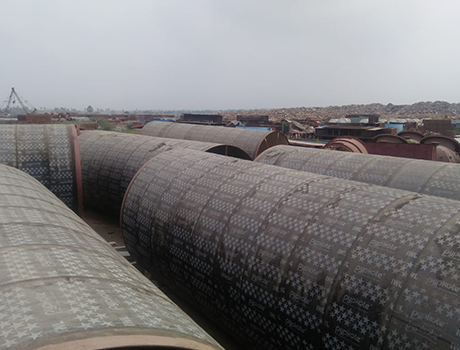6 Interesting Things You Didn't Know About Pipelines
A series of pipes that are fitted with valves and pumps to transport gases, liquids and slurries is called a pipeline. Pipelines are the foundation of our streets, cities and oceans and help everyone with day to day activities.. They provide energy for many modern conveniences. That is why it is essential to take care of these pipes through pipe wrapping and coal tar epoxy and other useful methods. Moreover there are a few facts on pipes that you might have no idea about. Let us have a look at these six facts you didn't know that were related to pipelines. 1. There are different pipelines for different products and stages Pipelines transport crude oil from the fields to the refineries. Different pipelines are used to transport natural gas from the production wells to the refineries. After oil and natural gas are processed into new products, they can be delivered by another pipeline to other areas. 2. Pipelines extend for millions of miles Energy HQ estimates tha


